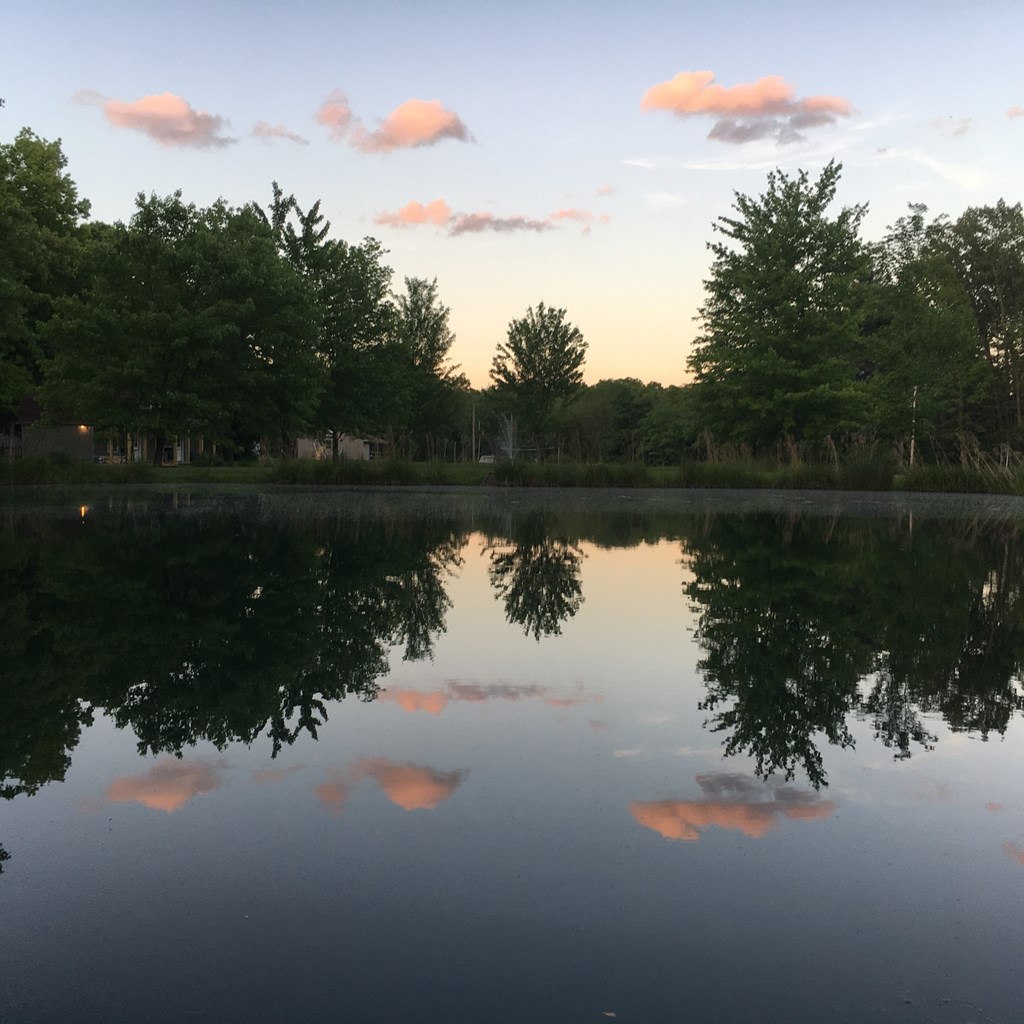Your cart is empty!
Make checkout easy by booking all your reservations at once. Add your sites from different campgrounds into your shopping cart* and then choose checkout.


New and unique outdoor experiences are driving the growth in camping in North America. Camping appears to be reaching a greater number of U.S. households each year, which may be a result of demographic changes, as well as the camping sector providing more lodging options and amenities designed to draw in new campers. It is estimated that about 1.3 million of the additional 2.7 million camping households added in 2019 were attracted by their interest in glamping. Younger campers and reduced barriers are driving greater diversity in camping. Diversity and inclusion in the outdoors continues to increase with nonwhite representation increasing by 9 percentage points over the last six years. Growth in same-sex households among campers is also consistent over the past five years, having doubled since 2015, from 5 percent to 10 percent in 2019. The increase in diversity – in both age and ethnicity – appears to be closely associated with the younger demographic with approximately one-fourth of new campers in 2019 under the age of 25. Campers under 25 are the most diverse ethnically with 52 percent being comprised of non-white participants. Additionally, the removal of barriers – including factors such as safety and security, campground atmosphere, availability of information, and having others to participate with – has helped to create a more diverse set of campers in North America. Whether campers view the use and availability of technology as having a positive or negative impact on their camping trips depends a great deal on their interpersonal situations and their careers. Campers who indicated they always worked while camping were able to spend a significantly higher number of days camping, and that is directly attributable to technology. Campers who say they always work while camping (59 percent) also were more likely to say camping allowed them to spend more time with their families than campers who said they don’t work when they camp (39 percent). The “typical” camper is also evolving. The 2020 North American Camping Report found that participation in camping continued its growth trend among the youngest generations (Millennials, Generation X and even Generation Z groups). In fact, camping among these groups now far exceeds the generational population Census figures. The same holds true for minorities and camping. Minority representation in the population of active camping households continued to creep closer to Census figures, with 28 percent of 2019 active camping households made up of minorities. The trend is even more pronounced in the group of campers new to camping in 2019, with an even split between white and nonwhite campers in 2019. Note regarding active camper households and recent camper households: Active camper households identify themselves as campers, but do not necessarily camp each year, versus the annual or recent camper households which is a count of households who camped in the past year.
That doesn't mean this area has to always be empty. When you start reviewing camping options, your history will display here to help compare sites and find the best stay. You will be able to share your stay information with friends or family and save it for a later time if you have a KOA Account.
Make checkout easy by booking all your reservations at once. Add your sites from different campgrounds into your shopping cart* and then choose checkout.